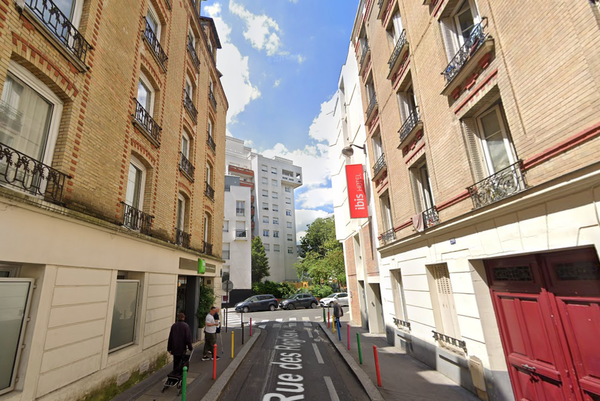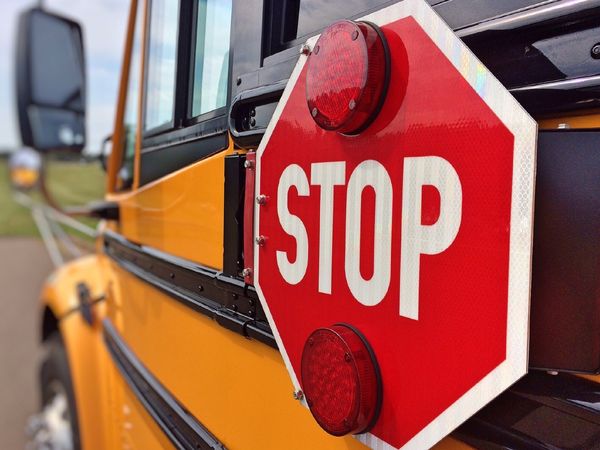
An unexpected byproduct of the Russian invasion of Ukraine has been an upsurge of interest, appreciation and acknowledgment of Ukrainian culture. Concert halls and bookshops all over the world have turned to Ukrainian music and literature, and museums have showcased Ukrainian art.
But it is not only in museums and galleries that a thriving visual culture can be found. Six months after the war broke out last year, the photographer and film-maker Daoud Sarhandi-Williams travelled to Kyiv to chronicle the street art that was increasingly adorning the city.
Sarhandi-Williams had previously produced a photographic book of the street art that emerged from the Bosnian war, and had also worked in Palestine and Kosovo. “I literally walked the city,” he says of Kyiv. “Twelve, 13 hours a day for a month taking photographs. I’ve probably walked Kyiv more than most residents have.” The result is a new book, Ukraine at War: Street Art, Posters + Poetry.
From the thousands of images he took, he says he has designed the images and text as a film-maker might, to “give the impression to the reader that they were actually walking in Kyiv, discovering these things as they go along, turning a page as if you’d turn a corner”. While photographing sites in Kyiv, he says he was only stopped once by the police when he was taking a photo of statues. “It was all fine very quickly, but the police were very protective of these statues, which obviously says something about the wider importance of culture. This status is also reflected in the richness and diversity of the street art. It is not the work of passive victims of war, but of people determined to respond with imagination and hope and to integrate these things into their daily lives.”
Sarhandi-Williams says during his career he has often worked in difficult and potentially dangerous situations. “I don’t want to sound like I’m cold and detached because I’m not. I’m terribly emotional about these things. But when I’m behind the lens I become very focused on the image. Getting good compositions and so on. I’m quite analytic as I want to present these places as real environments. War zones are not one thing. There are many different, and sometimes conflicting, atmospheres. People can be frightened and angry and resolute and amazingly cheerful at pretty much the same times. I wanted to capture that diversity.”
In a foreword to the book, the Ukrainian author Andrey Kurkov writes that it “will guide you through today’s Ukraine more honestly than any future history might”. Recognising the roles of artists in “combatting the lived horrors of the Russian invasion”, he believes the book demonstrates the “restorative power of art in a time of war … Art lets us look at today’s pain from the viewpoint of the future, so there can be a future. And it helps us to imagine a future we will wish to remember.”
• Ukraine at War: Street Art, Posters + Poetry by Daoud Sarhandi-Williams is published by Interlink.
The art of war: five memorable images from the book
Cossack (main picture)
This poster by Kyiv designer Mykola Honcharov is of a Cossack, a revered model of the Ukrainian warrior, who has swapped his traditional weapons for a Next Generation Light Anti-tank Weapon (NLAW). Ukrainian pronunciation would have the slogan reading as “All You Need Is Love”.
Putin tarot card

Following the Russian invasion, twin sister artists Mishel and Nicol Feldman, operating together as Sestry Feldman, created a Ukrainian-themed pack of tarot cards. Vladimir Putin features in two of them, as The Hanged Man and, here, as the devil.
Sandbagged statue

Across Kyiv, statues were protected by sandbags. This is one of Dante, symbolic of a wider European perspective. The protective work was initially commissioned by the government but was then expanded on by artists who independently worked to fill sandbags and identify monuments.
Pinocchio

Sarhandi-Williams says he encountered little conventional political satire of the newspaper cartoon type, but here we have Russian lies – to the Ukrainians and to their own people – represented in the form of Pinocchio dressed in a Soviet-style Young Pioneer’s cap.
Renaissance mural

This 2014 collaboration between French artist Julien “Seth Globepainter” Malland and the Ukrainian artist, Aleksey Kislov references traditional Ukrainian dress as well as the type of jacket worn by protesters at the time of the 2014 annexation of Crimea.







